Reptiles have the capacity to adapt to urban environments. Not only this, but they are skilled in negotiating around human development. Green anoles, frequently observed in gardens and city parks within southeastern United States are a prime example, as these creatures survive alongside humans and often exploit urban green spaces for their advantage.
Urban Reptilian Residents
Invasive species, specifically Burmese pythons have established populations in urban areas like Florida: a vivid illustration of the complexities inherent to human-reptile interactions and the management challenges these present.

Reptilian Adaptations in Urban Jungles
Reptiles’ adaptability to diverse habitats exemplifies their resilience and evolutionary success. Their unique traits, including scaly skin and ectothermy, enable them to occupy niches inaccessible to other species. Furthermore, these creatures exhibit behaviors finely tuned for each specific environment. Basking, burrowing, or aquatic hunting serve as prime examples of such adaptations.
Conservation and Reptile Habitats
The exploration of reptile habitats, focused on understanding its intricacies, enriches our knowledge about these remarkable creatures. It also emphasizes the critical importance of conserving their homes. Diving deeper into this blog’s subsequent sections reveals more, as we’ll explore species diversity among reptiles, natural history and conservation efforts included, and even rare behaviors and adaptations witnessed in the wild.
Read More: Basics of Cat Grooming: How to Maintain your Feline’s Overall Hygiene
Insights Into Reptile Conservation: Upholding the Legacy of Ancient Adaptations
As we delve deep into the mesmerizing world of reptiles, it becomes essential to appreciate their captivating traits and habitats. However, what’s more critical is recognizing the importance of conserving these remarkable creatures. Reptiles, boasting an ancient lineage and unique adaptations are integral components of global ecosystems. This section focuses intensively on reptile conservation, as we examine in detail both challenges faced by them as well as multifaceted strategies implemented for their continued existence.
The Imperative Nature of Conserving Reptiles
Often overshadowed by more popular wildlife, reptiles are nonetheless crucial. They fulfill vital ecological roles and possess invaluable qualities; these merits demand conservation attention. The significance of conserving reptiles extends not merely to their individual species and it reverberates, creating health and balance in ecosystems at large.
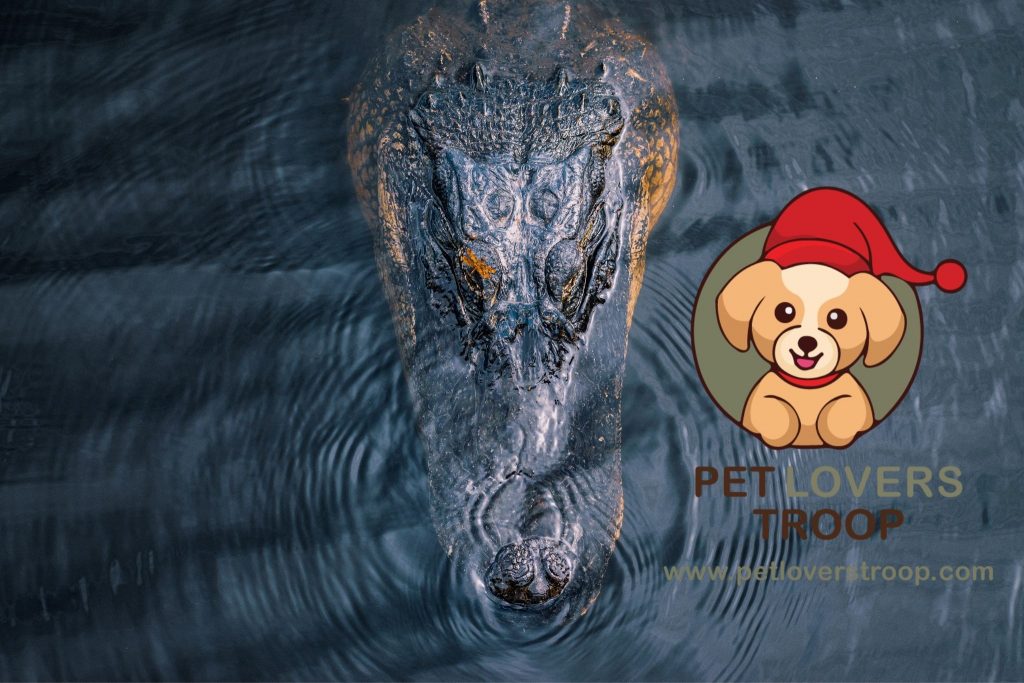
Health of the Ecosystem
As ecosystem engineers, reptiles shape their surroundings and influence the populations of other organisms. Moreover, they fulfill several roles:
- Predator-Prey Dynamics: Reptiles as predators execute a crucial role in controlling the populations of small mammals and insects. They prevent potential outbreaks and events that could cause significant disruption to ecosystems.
- Seed Dispersal: Certain reptiles, for instance, iguanas consume fruits and subsequently disperse seeds via their digestive tracts- a process that facilitates plant propagation.
- Scavenging reptiles: Reptiles partake in nutrient cycling, as they consume carrion, thereby recycling nutrients back into the ecosystem.
- Species Indicators: These are species whose status, behavior, and overall health can signal the condition of a particular ecosystem, as they serve as socio-ecological barometers and effective predictors of biodiversity’s broader changes or disruptions.
Often, reptiles serve as preliminary indicators of ecosystem health and fluctuations in their populations might suggest wider ecological instabilities. Consider this example,
- Aquatic reptiles such as turtles and alligators demonstrate sensitivity to alterations in water quality and any observed decline in their populations could serve as a signal, indicative of pollution or habitat degradation.
- Many reptiles, exhibiting temperature-dependent sex determination are sensitive to climate change. By monitoring their sex ratios, we can gain insights into environmental shifts.
Diversity of Genetics
The conservation of reptile species is imperative for the safeguarding of genetic diversity- a critical factor that notably enhances adaptability and resilience in populations. This reservoir of genetic opulence, vastly crucial in bolstering breeding programs is equally pivotal as a bastion for scientific research. Indeed, it serves as an invaluable tool to fuel our understanding and preservation efforts further.
Insights from Science
Owing to their ancient lineage and diverse lifestyles, reptiles provide unique insights into evolutionary biology, adaptation, and natural history. They offer a rich tapestry of study that can significantly deepen our understanding of life on Earth. Studying these remarkable creatures allows us not only to learn about them but also ourselves, our past; present; future interactions with the biosphere, through an intricate play between science, curiosity, and discovery.
Read More: Creating a viable dog schedule for your canine: A guide for busy pet owners- July 2023
Risks to Populations of Reptiles
Reptiles confront a spectrum of dangers that jeopardize their survival; comprehending these threats forms the initial step towards efficacious conservation.
Loss and Fragmentation of Habitats
Among the most significant threats to reptiles, habitat loss, primarily due to urbanization, agriculture, and deforestation holds a high rank. Numerous species are specialists in their habitats and fail to adapt amidst these swift changes. The issue further escalates with habitat fragmentation, as it isolates populations and reduces genetic diversity- hindering dispersal all the while.

Climate Change: A Dynamic and Concerning Phenomenon
Vulnerable to climate change, reptiles, particularly those with temperature-dependent sex determination (TSD), face various challenges. Rising temperatures can skew sex ratios and this affects breeding success. Additionally, altered weather patterns disrupt seasonal behaviors such as hibernation and migration.
Reptiles in the Crosshairs of Illegal Trade
The illicit wildlife trade poses a severe threat to numerous reptile species. These creatures are highly sought after for the pet industry, traditional medicine, and fashion sectors. This demand driven purely by interest in rare and exotic reptiles not only fuels illegal trafficking but also potentially decimates their wild populations.
Invasive Species: A Threat to Native Reptiles
Native reptile populations face threats from invasive species, introduced predators, and competitors. for example, invasive rodents consume reptile eggs, resulting in diminished reproductive success.
Read More: Are Reptiles Social? Understanding Socialization of Reptile Pets- August 2023
Pollution: It’s a Critical Issue that we Must Address
Reptiles face significant health, reproduction, and habitat quality risks due to pollution. Pesticides, heavy metals, and plastics are the culprits. Moreover, airborne contaminants or those present in water sources pose a considerable threat.
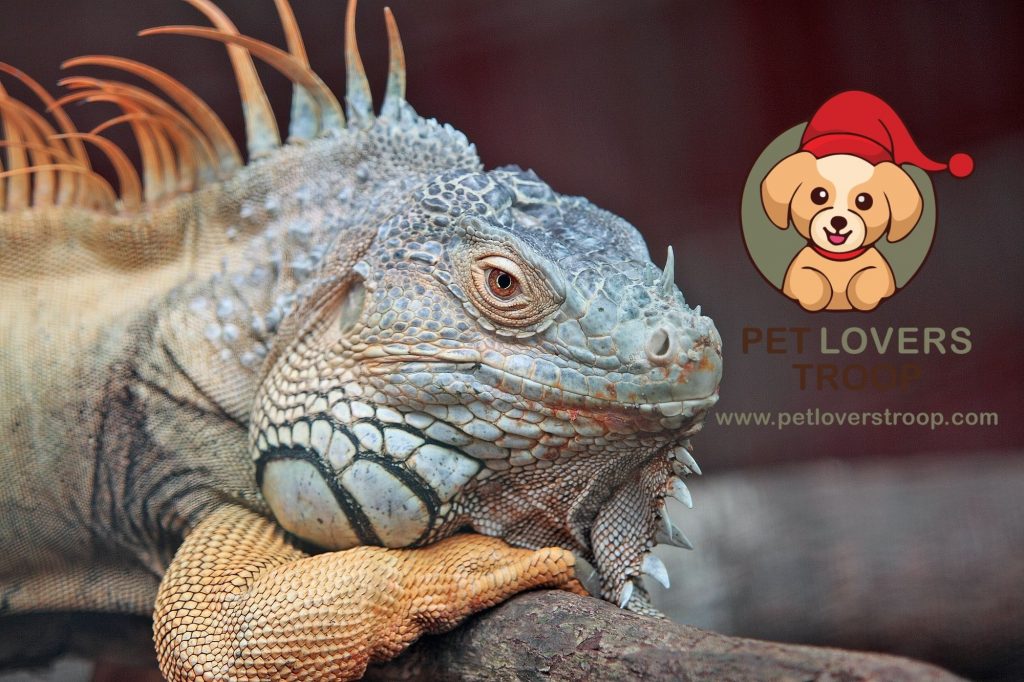
Emerging Diseases and Their Impact
Diseases like chytridiomycosis and ranavirus are emerging threats and decimating reptile populations. These diseases can precipitate not only population declines but also extinctions.
Strategies for Reptile Conservation
Addressing these multifaceted threats to ensure the continued survival of reptiles, conservation efforts employ a range of strategies and often tailor them specifically for each species’ needs.
Protecting Habitats
Establishing and maintaining protected areas, such as national parks and wildlife reserves crucially preserves critical reptile habitats. These areas acting as safe haven, support many species.
Learn more on: The Right Tricks and Hacks to Deal with Cat Hairballs- March 2023
Research and Monitoring
Understanding the biology and needs of reptile populations necessitates conducting scientific research; monitoring programs, for instance, track population trends. These programs not only detect early signs of decline, they also permit timely interventions.
Education and Outreach
Promoting the importance of reptiles and addressing their pressing threats proves essential. Moreover, employing educational programs serves to curtail demand in the pet trade while encouraging responsible wildlife viewing. Engaging public interest nurtures appreciation for these creatures and bolsters support for conservation initiatives.
Legislation and Regulation
Enforcing laws and regulations is critical for the protection of reptiles and their habitats. This enforcement includes necessary measures such as combating illegal wildlife trade, controlling invasive species introduction. Crucial to these efforts are international conventions, particularly CITES (the Convention on International Trade in Endangered Species of Wild Fauna and Flora) which play a pivotal role in regulating endangered species’ cross-border trade.
Read More: Ten Common Dog Diseases: How to Recognize Symptoms and Prevent Them- September 2023
Reintroducing and Breeding Captives
They can bolster wild populations of critically endangered species. Serving as genetic reservoirs, captive breeding initiatives provide animals for release into their natural habitats, a crucial support to these vulnerable groups.
Habitat Restoration
Efforts to restore degraded habitats, including reforestation, wetland restoration, and the removal of invasive species can yield benefits for reptiles.
Engaging the Community
Successful conservation essentially depends on interactions with local communities and engaging indigenous and local knowledge is a pivotal component in developing sustainable practices. Beneficial to both human beings and reptiles, these practices are often established and refined by such communities, as they play crucial role in monitoring the well-being of our scaled friends’ habitats.
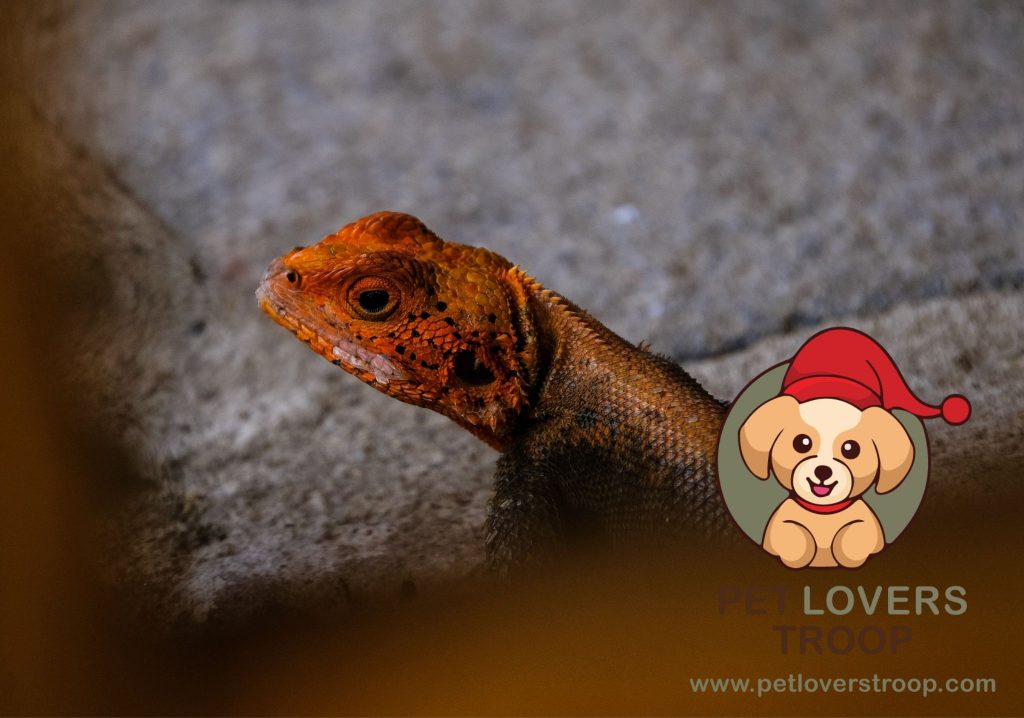
As many reptile species grapple with significant challenges, it becomes crucial to underscore the remarkable successes achieved through dedicated conservation efforts. These victories serve as beacons of hope and motivation for the conservation community- a vibrant testament what concerted effort and unwavering commitment can accomplish.
A Closer Look at Reptilian Behaviors and Survival Strategies
With their ancient lineage and unique adaptations, reptiles possess an enigmatic allure that transcends mere physical characteristics. This exploration plunges into the intricate behaviors and survival strategies defining these fascinating creatures’ lives, illuminating lesser-known aspects of their existence.
Perceived often as cold-blooded and stoic, reptiles reveal a richly tuned tapestry of behaviors to their specific environments; among these is basking a dual-purpose action commonly observed in numerous species. This behavior serves not only to regulate body temperature- a crucial factor for metabolic functions but also plays an integral part in social communication. Reptiles use the sun-drenched rocks and branches as stages to communicate dominance, courtship, and territorial boundaries through intricate displays.
Various reptiles employ burrowing as another remarkable adaptation. This behavior functions in multiple ways such as it provides protection from predators, regulates body temperature, and serves as an effective hunting strategy. The sand lizard, for instance expertly navigating the subterranean realm showcases an adaptability that facilitates thriving across diverse ecosystems at unprecedented levels.
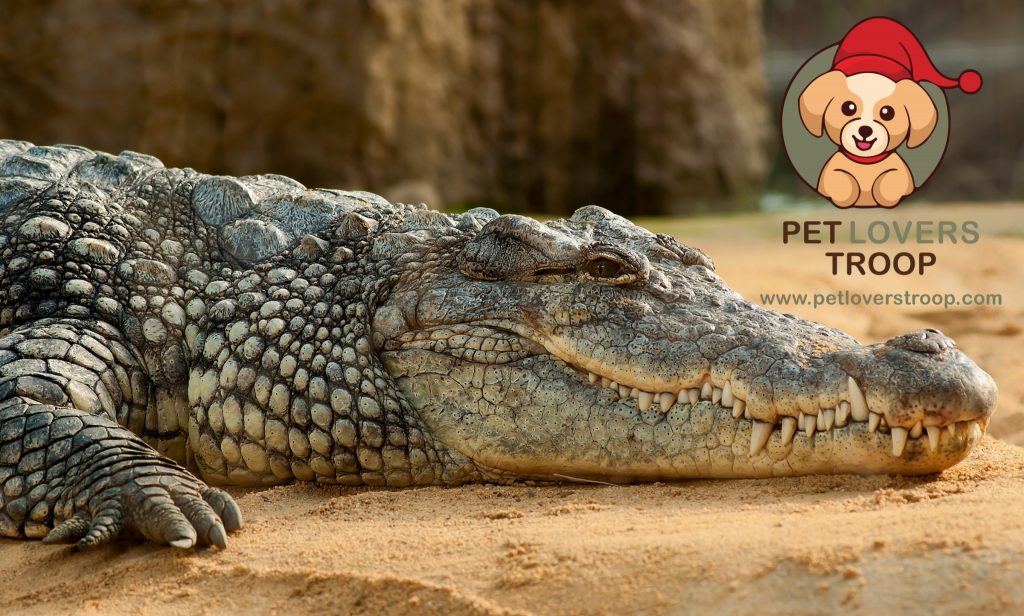
Reptilian behavior introduces another facet: aquatic hunting. The stealthy crocodile lurks in the water, and a snake can strike with lightning speed. These creatures have evolved hunting techniques- a capitalization on their unique anatomies. In aquatic environments, the interplay between predator and prey unveils not only complexity but also sophistication of survival strategies specific to reptiles.
The exploration, however, does not cease at behaviors, as it reaches into the survival strategies that have sustained reptiles for millennia. Their scaly skin- a defining feature serves a purpose beyond mere armor; indeed, it functions as an indispensable barrier against water loss crucial to species dwelling in arid environments. Their scales boast intricate patterns and colors that serve more than just aesthetic purposes and often, they aid in the reptile’s camouflage- a crucial tool for hunting and eluding predators at the same time.
Read more on: Dirty fish tank: How to maintain your fish tank’s hygiene and health? March 2023
Reptilian physiology fundamentally embodies ectothermy, or cold-bloodedness. Unlike warm-blooded mammals, reptiles depend on external heat sources for body temperature regulation. This adaptation enables their thriving in environments characterized by normative temperature fluctuations. Their ability to conserve energy and endure extended periods without food clearly demonstrates the efficiency of this strategy.
An incredible diversity of species inhabits reptilian habitats, which range from lush rainforests to arid deserts. Exploring these ecosystems reveals insights into the lives of reptiles and the delicate balance within nature.
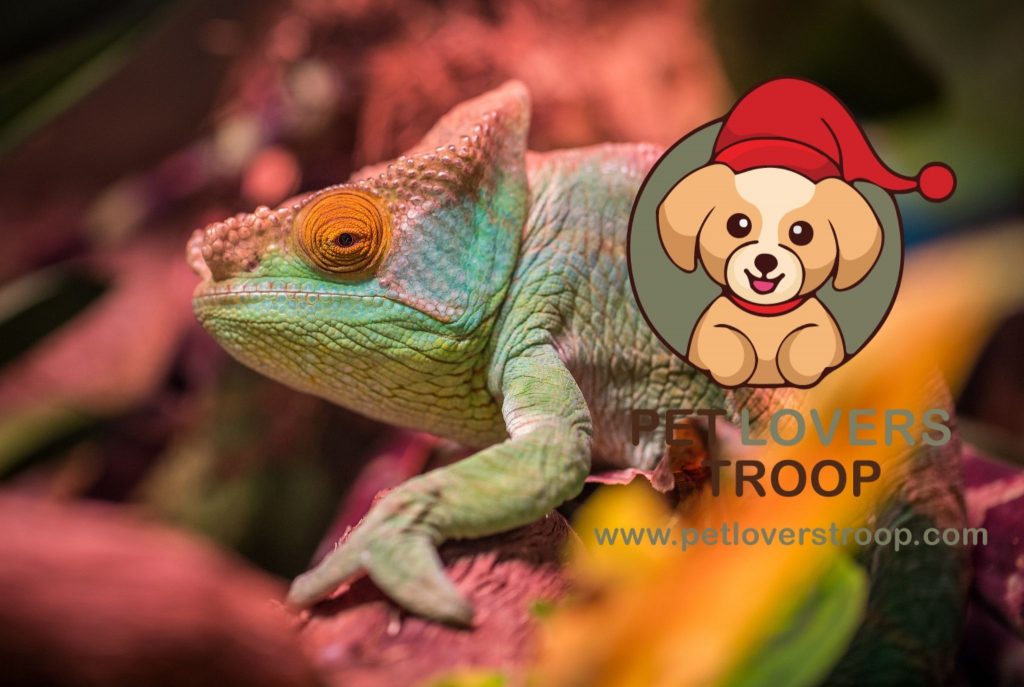
Success stories in reptile conservation, such as the recovery of the critically endangered California Condor and efforts made for species like Kemp’s Ridley Sea Turtle or Eastern Indigo Snake – serve as beacons of hope despite numerous challenges. These narratives underscore the impact that dedicated conservation initiatives can have; they demonstrate that strategic planning coupled with public awareness and collaboration not only change fortunes but also reverse them for endangered reptile species.
Learn More: Rabbit Diet: A Beginner’s Nutritional Guide to Ensure a Balanced Diet-October 2023
Embarking on this journey to unravel the enigmatic lives of reptiles necessitates a call to action. The path forward in preserving and conserving reptiles requires more than just understanding their behaviors and survival strategies and it involves tackling multifaceted challenges they face daily.
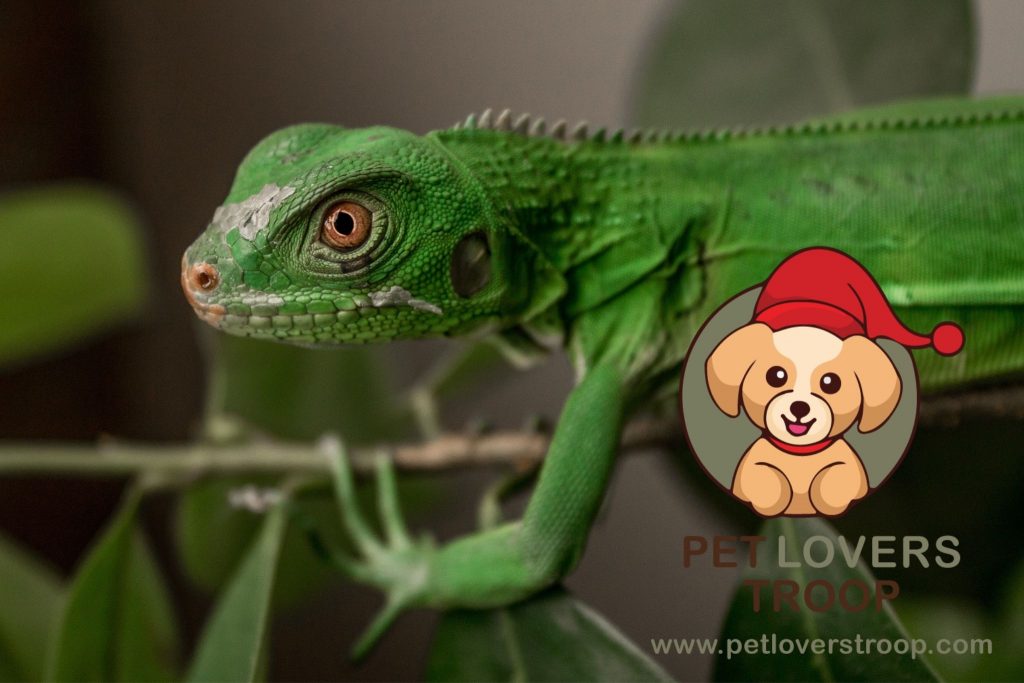
Success Stories in Reptile Conservation
The California Condor is a species cherished for its majesty, yet endangered by daunting challenges remains an iconic symbol of wildlife conservation.
Although the California condor is not a reptile, its recovery from near extinction sets an example for conservation initiatives; once reduced to just 27 individuals in the wild, this critically endangered bird species has flourished significantly. Through methods such as captive breeding and habitat protection, their numbers have risen notably, demonstrating resilience befitting of any inspiring narrative.
Learn More: Reptile, Amphibian and Exotic Pet Care and Information
The Kemp’s Ridley Sea Turtle
The conservation efforts, namely, the protection of nesting beaches and strategies to reduce bycatch in fishing nets have significantly benefited this critically endangered sea turtle. Indeed, recent years have observed an increase in their nesting populations.
The Eastern Indigo Snake
This large, non-venomous snake – found in the southeastern United States: habitat preservation and controlled reintroduction efforts have facilitated stabilization of its populations.
Ongoing Efforts and Challenges: Unfolding Struggles and Persisting Endeavors
Significant challenges still loom over reptile conservation, as a multitude of species remain poorly understood and their conservation status uncertain. Furthermore, the illegal wildlife trade persistently threatens reptiles, with online markets acting as catalysts for these illicit transactions.
Addressing these challenges necessitates ongoing research. Indeed, genetic studies providing insight into population diversity are critical for guiding breeding programs. Furthermore, through behavioral studies we can comprehend the specific needs of various species such as key details like nesting requirements or migration patterns. Collaborating with local communities, conservationists endeavor to develop sustainable practices that advantage both humans and reptiles.

The Road Ahead in Reptile Conservation
Reptile conservation is a multidimensional endeavor. This doesn’t merely protect such fascinating creatures; rather, it maintains the health and balance of their native ecosystems. We are stewards of our planet, therefore, we bear responsibility for the continued flourishing of reptiles with their ancient adaptations and ecological significance through generations yet to come. Through blending efforts in areas like research, education, legislation, especially habitat restoration, we can shield these extraordinary animals’ legacy and ensure they retain their rightful place within Earth’s intricate life tapestry.
